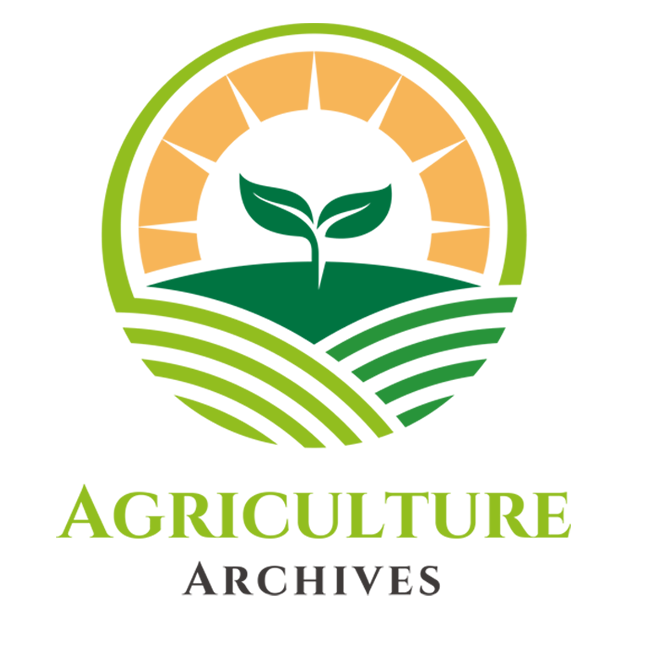Decadal Analysis of Rainy Days and Extreme Rainfall Events in Different Agroclimatic Zones of Punjab
INTRODUCTION The agriculture based economy like India mainly dependent upon timely and adequate availability of water. The amount of rainfall received over a region plays the key role to meet the demand of water for agriculture, power generation, domestic water supply and other industries. Climate change globally impacts the pattern, intensity, duration and frequency of … Read more
